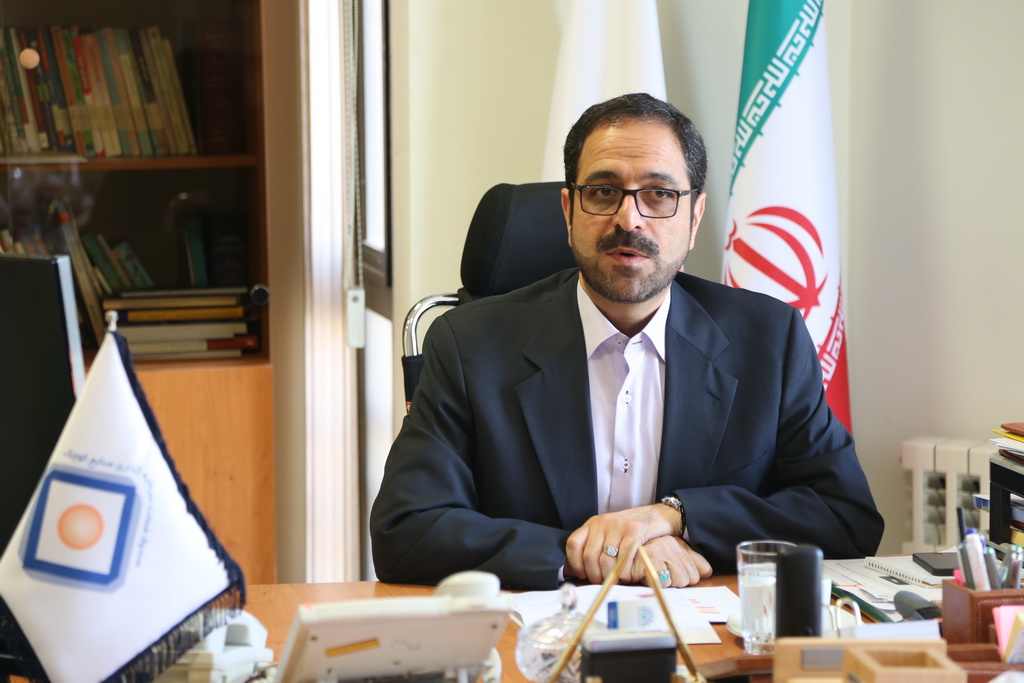In line with the goals of Sixth Five-Year Development Plan (2017-22), a $100 million capital increase in Investment Guarantee Fund for small- and medium-sized enterprises will be considered in next year’s annual budget, the fund’s managing director announced.
“The government should help the subset funds of the Ministry of Industries, Mining and Trade so they would be able to accept more risks and issue more guarantees for SMEs,” Mohammad Hossein Moghiseh was also quoted as saying by IRNA.
The official also hoped that parliamentarians would help recapitalize SMEs’ investment guarantee funds, as they stimulate the country’s economy.
A few months ago, Iranian lawmakers approved a directive that obligates the government to support the Investment Guarantee Fund for strengthening non-oil exports and supporting the troubled small- and medium-sized enterprises.
Moghiseh noted that they had planned a 100% growth in issuing various kinds of guarantees for SMEs during the current fiscal year (started March 21) and they have managed to achieve that growth only during the first seven months.
“The significant growth in the volume of issued guarantees indicates that despite all the hurdles and financial problems, SMEs have resumed their activities and the spirit of hope in the markets is once again alive,” he added.
In January 2017, the Ministry of Industries announced that 20,000 industrial units had emerged from recession since March 2016.
The fund's managing director emphasized that the government and the Ministry of Industries, as the major custodians of industrial sector and small enterprises, are endeavoring to boost SMEs as the main factor for economic growth.
According to Industries Minister Mohammad Shariatmadari, the government is providing 300 trillion rials ($7.5 billion) to renovate industrial units and promote production in the current Iranian year.
This is while President Hassan Rouhani’s first administration (2013-17) pursued the same policy by allocating huge amounts of finance to reinvigorate low-functioning, half-idle factories.
Moghiseh noted that aside from statistics, field observations show hopeful signs in the market as the volume of investment and employment is increasing and achieving a sustainable growth by the end of this Iranian year (March 20, 2018) is on track.
“There are about 85,000 SMEs’ in the country, which account for more than 80% of employment but their share in exports does not exceed 10%,” he added.
According to Deputy Minister of Industries, Mining and Trade Ali Yazdani, exports by Iranian small- and medium-sized enterprises reached $800 million in the first half of the current Iranian year (March 21-Sept. 22) while the ministry has predicted $2 billion in SMEs’ exports for the current fiscal year.
This is while the 88,000 manufacturing units active in 992 industrial parks across Iran account for 42% of all employment in the industrial sector and about 96% of these businesses are considered small- and medium-sized.
Moghiseh mentioned financing as the biggest problem facing the SMEs.
“To resolve this issue, we are granting SMEs different kinds of guarantees through which they can get banking finance,” he added.
The official also mentioned lack of demand in the market as another problem facing SMEs, which is hoped to get better after the country registered notable economic growth rates.
According to the Central Bank of Iran, the industrial sector expanded 6.9% in the last fiscal year—a remarkable improvement compared to the 4.6% contraction registered a year before.
The overall GDP growth for the period stood at 12.5%, inclusive of oil sector, and 3.5% without it.


